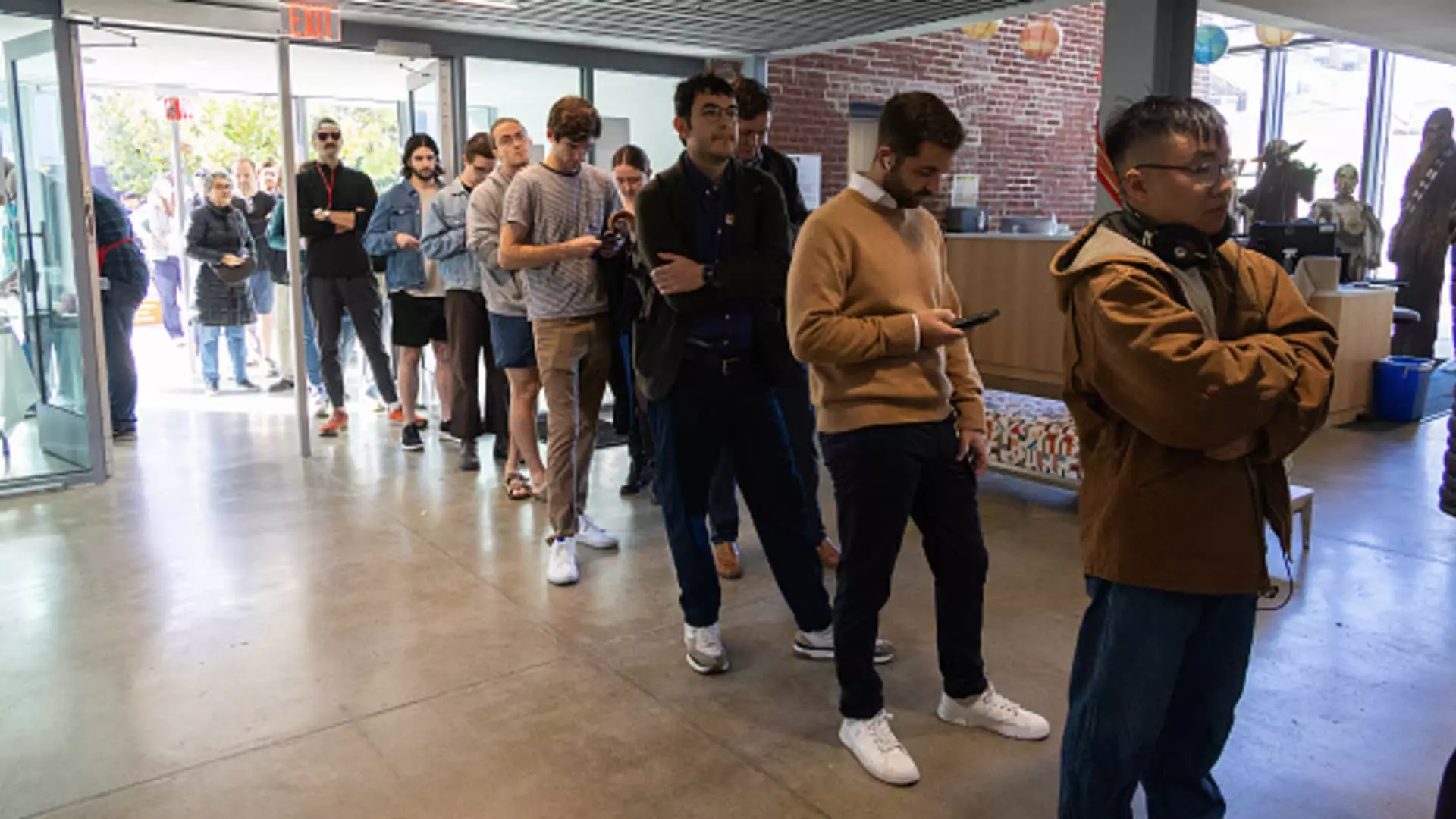As election day approached, the American electorate exhibited significant polarization, yet one of the most pronounced divisions was around gender. Data suggested that women were more likely to support Vice President Kamala Harris, while a majority of men leaned toward President Donald Trump. This article examines these trends in voting behavior, the socio-economic factors contributing to these divides, and the implications for the future of gender roles in political and economic arenas.
The NBC News exit polls highlighted a striking 21-point gender gap: Harris garnered support from 53% of female voters compared to Trump’s 45%, while Trump claimed 55% of male voters as opposed to 42% for Harris. This divergence not only signifies differing political allegiances but also sheds light on underlying socio-economic realities. Experts pointed to various factors fuelling this divide, including men’s perceived economic vulnerabilities, particularly among younger and less-educated males.
Economic anxiety played a pivotal role in shaping male voting behavior. According to Julia Pollak, chief economist at ZipRecruiter, many men feel disillusioned, perceiving a lack of pathways for economic mobility. This sentiment is particularly notable among men aged 25 to 54, often deemed prime working age, who are increasingly exiting the labor market. A Pew Research Center study further indicated that non-college-educated men are leaving the workforce at alarming rates.
Over the last decade, higher educational attainment has shifted notably toward women. For instance, in 1995, both genders had similar bachelor’s degree completion rates of 25%. Fast forward to today, there’s a stark contrast—47% of women aged 25 to 34 have a degree compared to just 37% of men in the same age bracket. This significant gap signals evolving dynamics in educational achievement and employment prospects.
While traditional four-year degrees are often advertised as the ideal route to success, alternative educational pathways such as vocational training have dwindled, exacerbating the challenges men face. As industries adapt to automation and globalization, many blue-collar jobs that once provided stable livelihoods for non-college educated men have diminished, resulting in heightened job insecurity.
The emergence of NEETs—individuals not in employment, education, or training—paints a troubling picture of a demographic potentially sidelined from the workforce. Richard Fry of Pew Research highlights that this cohort has been disproportionately affected by globalization and the downturn of manufacturing jobs, leading to a sense of disconnection from traditional career trajectories.
The labor market’s shifting demands underscore a growing urgency for skills and education, a concern echoed by Brett House, an economics professor at Columbia Business School. He warns that without intervention, a generation of young men may not acquire the essential skills needed to compete in the modern labor market, particularly in states historically reliant on manufacturing.
Research from the National Endowment for Financial Education (NEFE) corroborates these findings, revealing that men are more likely than women to express concern over the election’s impact on their financial futures—an important consideration influencing their support for Trump. This correlation illustrates how economic considerations remain a central aspect of political decision-making.
While men grapple with these economic uncertainties, women have made substantial strides in education and professional fields. Today, women prioritize career ambitions and are often delaying marriage and motherhood. Pollak notes that many women are increasingly seeking policy frameworks that support their aspirations, such as universal childcare and reproductive rights.
However, despite the heightened focus on women’s rights surrounding the 2024 election cycle, reproductive issues did not emerge as a primary motivating factor for increased female voter turnout. This disconnect suggests that while women are aware of and engaged in these issues, other matters—such as economic stability and workplace equality—may unfold in more profound ways during elections.
As Fatima Goss Graves from the National Women’s Law Center Action Fund states, while economic pain was a resonant theme among male voters, women too care deeply about a spectrum of issues. Paid leave, affordable housing, childcare, and equal pay are critical for many families. The resilience observed in female voters, combined with their focus on wider economic issues, emphasizes the nuance in their voting motivations.
The 2024 election underscored stark gender disparities in political preferences, largely rooted in differing experiences and expectations surrounding economic participation. As traditional roles evolve, and as women continue to pursue educational and career advancement, the implications for future elections are likely to shift again. This evolving landscape demands ongoing attention to the needs and aspirations of both genders in the political arena, as well as a recognition of how socio-economic factors intertwine with electoral outcomes. The struggle for equality—whether in professional domains or political influence—is far from over and necessitates continuous advocacy and adaptation in the face of changing circumstances.

